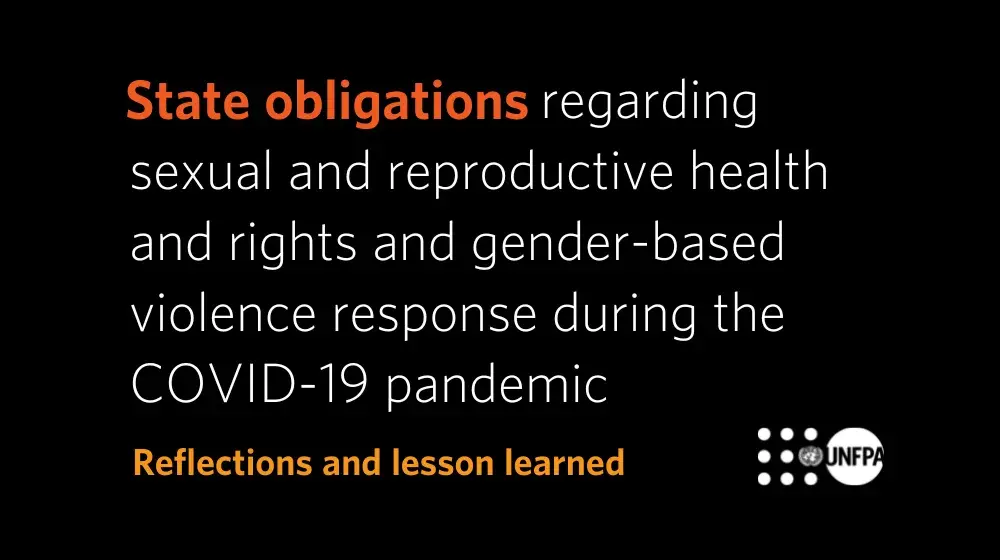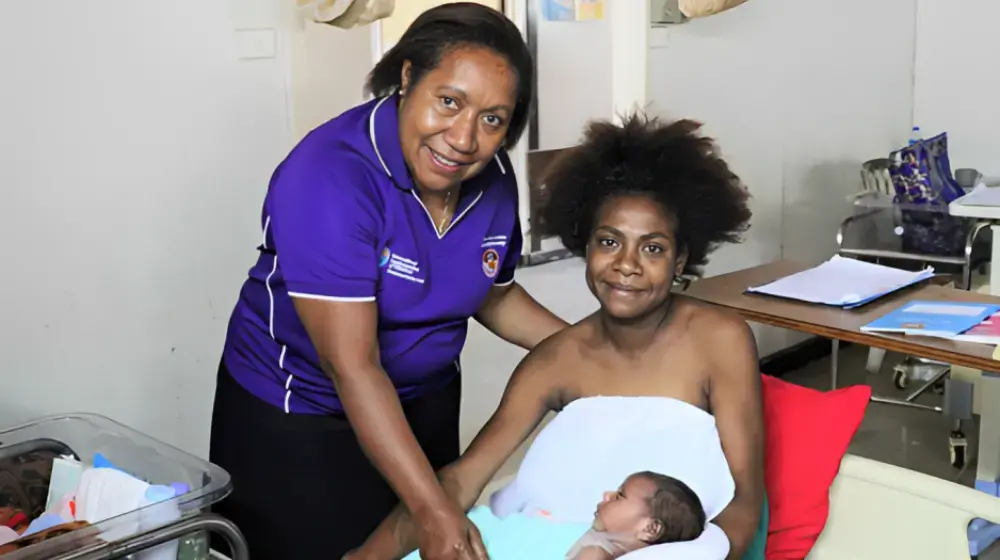Ma Mar Mar Win listens carefully as the midwife explains about different contraceptive methods.
All the time, she thinks about her family. Her husband works in a variety of jobs - farmhand, small-scale fisherman, and day labourer. With their meager income, they support five children, the youngest barely more than a month old. She would have liked to start using contraceptives years ago.
“We are a poor family,” says Ma Mar Mar Win. “I knew women could take contraceptives for birth spacing. But I could not afford it. It’s too complicated for me and my family. Having more children means more hardships for us. It doesn’t mean we don’t love them. But we can’t raise them properly with good education and medical care, to name just a few basic needs.”
Today Mar Mar Win receives a depo shot – a preferred contraceptive method in Myanmar - from a midwife visiting her and her newborn. She is highly pleased.
“Well, to receive a depo shot at home for free, and also care for my newborn! A few years before, I might think of it as a dream. Now, it has become a reality.”
With a maternal mortality rate of 282 deaths per 100,000 live births – the second highest in the ASEAN region – the crucial role midwives play in Myanmar’s public health care system is more important than ever.
The midwife visiting Mar Mar Win is Nan Thet Thet Khaing, deployed to Nam Khoke rural health center in Hopong Township, about a two-hour drive from Taunggyi, the capital of southern Shan State, Myanmar. The rural health center, with its seven sub-centres, looks after some 800 pregnant women in more than 100 villages. The majority of these belong to the Pa-O ethnic minority.
To visit women like Mar Mar Win is part of the daily routine for around 20 basic health care personnel deployed in the area, and it’s quite a task for them. For Thet Thet Khaing, a typical day starts with either clinical services or village visits to attend to the needs of pregnant women, mothers and their newborn babies. At day’s end, there is still administrative work to be completed, such as recording the amount of medical supplies used during the day.
But the administrative part of the job has become easier.
“Until quite recently, we used to prepare our own ledger book manually to record the daily supplies used. This took up a lot of time, and still there were frequent stock-outs of contraceptives and life-saving medicines,” explains Thet Thet Khaing.
“There was no routine communication between RHCs and larger medical facilities where stocks are kept. We lacked an effective monitoring and response system.”
Today, the situation is very different. Since 2016, all the medical facilities in Hopong have been using a digital logistics system for supplies, and clinics are adequately stocked with family planning and reproductive health supplies.
This Reproductive Health and Commodities Logistics System (RHC-LS) is supported by UNFPA, the United Nations Population Fund. Started as a pilot project in 2014, the system now covers about a hundred townships with nearly 4,200 basic health staff trained to use it. By 2018 the system will be rolled out countrywide.
The RHC-LS is not only effective, bringing contraceptives and medicines to the people that need them, when they need them. It is also efficient because it reduces the time health staff spend on recording and managing supplies.
“At first I was worried to use the new system,” admits Thet Thet Khaing. “But now I find it quite easy. Most importantly, it is not too time consuming. We now breathe easier, and we can help women and families in more ways.”




